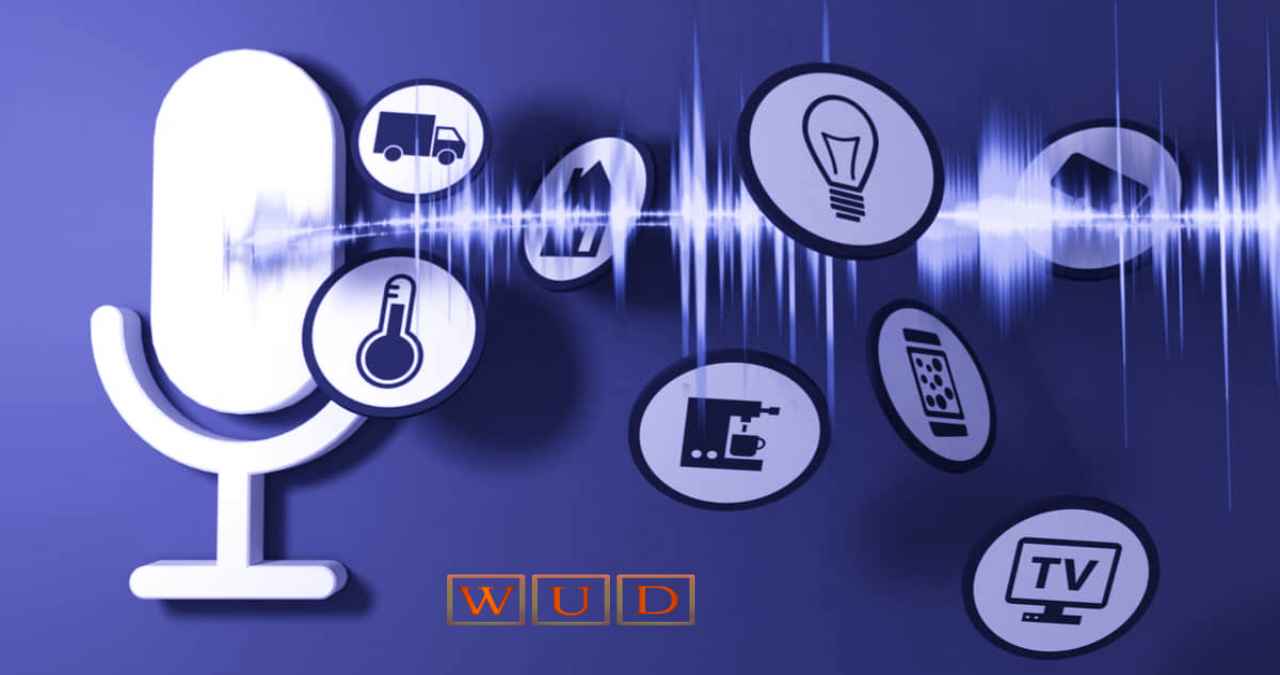Voice Technology, Key To The Success Of Digital Transformation

Voice Technology
The lockdown has caused companies to assume or accelerate their digital transformation so that they could continue operating while protecting the health of workers. This transition to the virtual environment has revealed challenges that still need to be resolved for this migration to be successful.
Beyond the security that the blurring of the physical borders of companies implies, there are issues such as the agility that CIOs require when looking for technologies that allow the benefits of digitization to be transferred to organizations. Biometric Vox highlights voice technology as one of those that most facilitates this transformation.
In this sense, CIOs are recommended to explore new technologies such as voice biometrics that, due to their versatility, ease of use, reducing contact with contact surfaces, agility, and affordability, can help them respond to the challenges in their digital transformation. But what deficiencies have the health crisis revealed and how can vocal biometry solve them?
- Security: Facilitating staff access to information and corporate systems without compromising the security of the organization is today, one of the main concerns of CIOs. In this sense, the use of voice as an access interface ‘shields ‘business resources to the extent that the biometric parameters of the human voice are unique to each person. This means that they uniquely identify the user and cannot be imitated or stolen, drastically reducing the chances of identity theft. Voice biometrics accurately distinguish a recording and a live voice, preventing deliberate attacks.
- Agility: The COVID-19 pandemic has changed the work environment overnight, leading some companies to ‘improvise’ secure access outside of the corporate network that has proven to be inefficient. Voice biometrics allows, without the need for large investments, to create secure access to the business network. The only requirement is the existence of a microphone, already present in all current devices, tablets and computers, and biometric software that takes a sample of the employee’s voice to create a unique voiceprint.
- Easy To Use: The new reality of mixed work encourages the adoption and implementation of technologies that can be used simply, to reduce as much as possible the need to carry out training and learning processes for new computer programs. Speech biometrics only requires the user to speak for the system to recognize them. This avoids having to memorize and remember passwords and even use it to identify yourself on different platforms or applications with the risks that this entails.
- 100% Digital: The confinement has transferred the daily operations of the company to the virtual environment. The implementation of digital solutions such as voice signature allows streamlining internal and external operations by carrying out remote procedures from anywhere and in a few seconds, with all the security guarantees. This is relevant, in sectors such as banking, insurance, or the tourism sector, among others.
In this new normal, and given the impossibility of predicting all the risks that have become clear with the sudden outbreak of COVID-19, organizations must be prepared for environments with high uncertainty and volatility. For this reason, they must equip themselves with technologies that provide them with the flexibility and agility necessary to adapt immediately to the new reality and the changes that will continue to occur.
